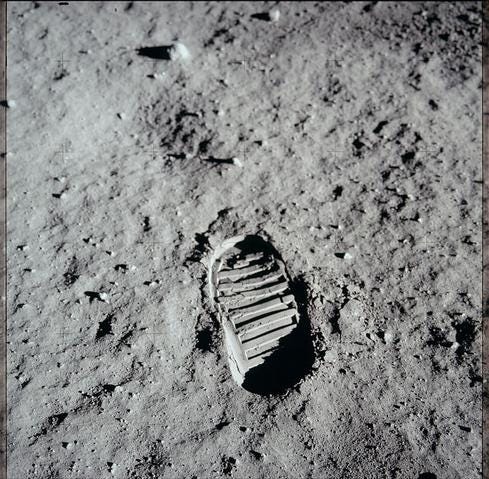NASA Launches Search For Astronauts With The Right StuffNASA Launches Search For Astronauts With The Right Stuff
If you've ever wanted to be an astronaut, now may be your opportunity. NASA has put out a call for manned explorers to pilot its next missions.


NASA's Apollo Archive: 10 More Breathtaking Images
NASA's Apollo Archive: 10 More Breathtaking Images (Click image for larger view and slideshow.)
Are you in need of a career change? Can you handle long trips? Do your childhood dreams include space exploration? If yes, then NASA wants to hear from you.
The space agency announced this week that it has begun accepting applications for the next class of astronaut candidates in anticipation of more manned spaceflights, including a possible manned mission to Mars.
NASA will start accept applications starting Dec. 14. That process will continue through mid-February and the agency expects to announce its new class of candidates by mid-2017.
There are four potential vessels the selected pool of applicants can apply to. These include the International Space Station (ISS), two commercial-crew spacecraft currently in development by US companies, and NASA's Orion deep-space exploration vehicle.
NASA noted applicants don't have to be a pilot or bring military experience, pointing out that the agency selects qualified astronaut candidates from a diverse pool of US citizens with a wide variety of backgrounds, from pilots and engineers to scientists and medical doctors.
However, astronaut candidates must have earned at least bachelor's degree from an accredited institution in engineering, biological science, physical science, or mathematics. An advanced degree is desirable.
"This next group of American space explorers will inspire the Mars generation to reach for new heights, and help us realize the goal of putting boot prints on the Red Planet," NASA Administrator Charles Bolden wrote Nov. 4. "Those selected for this service will fly on U.S. made spacecraft from American soil, advance critical science and research aboard the International Space Station, and help push the boundaries of technology in the proving ground of deep space."
In addition to passing NASA's long-duration spaceflight physical, candidates also must have at least three years of related, progressively responsible professional experience, or at least 1,000 hours of pilot-in-command time in jet aircraft.
As part of the hiring plan, flights in Boeing's CST-100 Starliner and SpaceX Crew Dragon will facilitate adding a seventh crew member to each station mission, effectively doubling the amount of time astronauts will be able to devote to research in space.
The agency's Space Launch System rocket and Orion spacecraft, which are currently in development, are designed to launch astronauts on missions to the proving ground of lunar orbit, where NASA will learn to conduct complex operations in a deep space environment before moving on to longer duration missions for the journey to Mars.
[Read about NASA's efforts to photograph the Halloween asteroid.]
Future ISS crew members would be continuing the work advanced during the last 15 years of human habitation aboard the space station, which will include building on the regular six-month missions and this year's one-year mission, currently underway aboard the station.
The current mission is striving to achieve research breakthroughs not possible on Earth, which could enable long-duration human and robotic exploration into deep space.
Aside from the call for fresh astronauts to pilot and staff its manned missions, NASA also recently announced plans for less complex (relatively) unmanned missions, which will also be whittled down from a list of possibilities.
The Discovery program, which requested proposals for spaceflight investigations in November 2014, has now narrowed down the possible missions from the original 27 plans. Eventually, the space agency plans to green-light one or two of these missions, which could cost about $500 million each.
About the Author
You May Also Like






